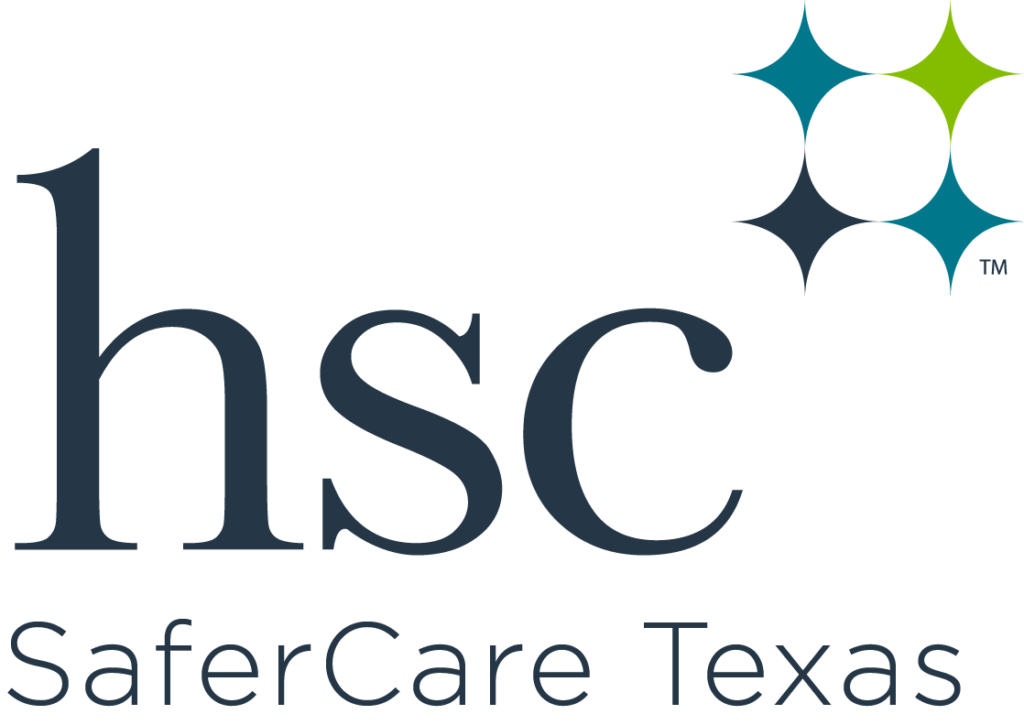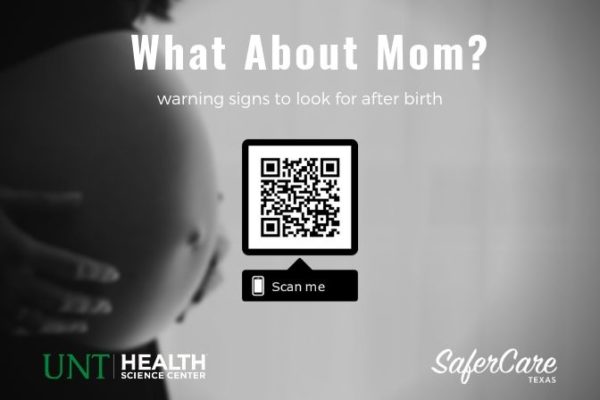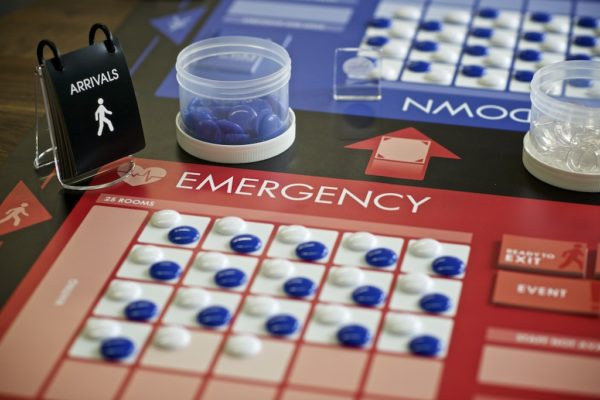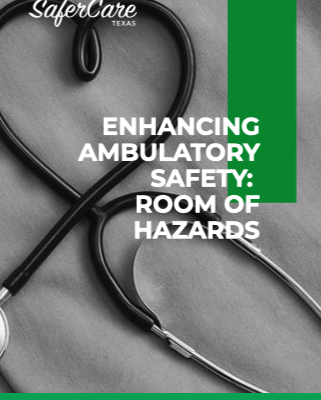Registered Nurse Convicted of Criminally Negligent Homicide: Are future patients in danger?

Background
The Verdict
A former Vanderbilt University Medical Center (VUMC) Registered Nurse(RN) administered a fatal medication in error. The RN had responded to a physician’s order to give Versed/Midazolam for sedation of a patient undergoing a (Positron Emission Tomography)PET scan. The neuro-intensive care RN was designated as a “Help All” nurse, which means she assisted other colleagues but was not assigned patients. The RN, accompanied by a trainee, walked to the radiology suite, where PET scans were performed. There were no computers in this unfamiliar environment, so the RN accessed the automated dispensing cabinet (ADC) to display the patient’s ordered medications using her unique password. She typed “VE” for “Versed/Midazolam,” but the first drug shown was “Vecuronium Bromide,” a paralytic. VUMC leadership had advised staff to bypass overrides to prevent patient care delays, as they were updating their Electronic Medical Record(EMR). The RN administered the dangerous paralytic instead of the ordered sedative, and the patient subsequently died5.
VUMC has an invaluable reputation as the most prestigious hospital in Tennesee. According to a popular news outlet, a lead investigator on the criminal case found that VUMC had a “heavy burden of responsibility” for the fatal medication error4. Further reports indicate that the error was made possible by systemic failures at VUMC. When a person dies from a medical error or a sentinel event, it must be reported to the county, state, and federal authorities. However, VUMC advised the medical examiner that the patient died of “natural causes” with no mention of Vecuronium Bromide. Instead, VUMC paid the family an undisclosed settlement stipulating their silence, terminated the nurse, reported her to the Tennesse State Nursing Board, and left her to confront criminal charges alone. On March 24, 2022, a Nashville, Tennessee, jury convicted the RN of criminally negligent homicide.
Will Patient Safety Pay the Price?
According to the National Coordinating Council for Medication Error and Prevention, a medication error is “any preventable event that may cause or lead to inappropriate medication use or patient harm while the medication is in the control of a healthcare professional, patient, or consumer6.” This error was preventable, but was it an isolated event, or might it be repeated?
Healthcare systems strive for high reliability; however, humans are unreliable. Healthcare relies on humans who inevitably make errors. Causes of human error may be internal or external7.
Most errors result from faulty systems or processes, not individuals. Strategic design of systems must incorporate human factors to mitigate the risk of harm.
Criminalizing error reporting will profoundly reduce healthcare’s ability to minimize failures, increasing morbidity and mortality. Individuals must be encouraged to report errors within a Just Culture and with Psychological Safety to guide system design. The RN involved is accountable for her actions; however, VUMC share accountability for encouraging unmanaged error precursors, such as overruling the ADC’s “override” alert. The alert was designed to prevent this fatal error! The redesigned process, authorized by leadership, placed the RN, a fallible human, as the last line of defense.
Human Errors
Internal Causes
External Causes
Limited Memory Capacity
Noise
Fatigue
Long Work Schedules
Stress
Inadequate training
Hunger
Poorly designed rules/procedures
Illness
Interruptions
Language Limitations
Distractions
Hazardous attitudes
Language barriers
Internal Cases
Limited Memory Capacity
Fatigue
Stress
Hunger
Illness
Language Limitations
Hazardous attitudes
External Cases
Noise
Long work schedules
Inadequate training
Poorly designed rules/procedures
Interruptions
Distractions
Language barriers
Human Factors
Engineering7
The scientific study of capabilities and limitations of human performance and the application of knowledge to design tools, systems, and processes—to minimize failure and maximize efficiency
Psychological
Safety2
Psychological safety is “a condition in which one feels (a) included, (b) safe to learn, (c) safe to contribute, and (d) safe to challenge the status quo, without fear of being embarrassed, marginalized or punished in some way”
Just
Culture1
Just culture requires a change in focus from errors and outcomes to system design and management of the behavioral choices of all employees.
We must accept that we are complex individuals working in a complex healthcare system. Safe and reliable care relies on leadership, a learning system, and a safety culture pre-occupied with failure, yet working together to prioritize patient safety. VUMC took the easiest path, to focus on individual behaviors (blame) instead of a more holistic view of organizational drivers that can drive behaviors (incorporating human factors into system design) This is called a system’s view or Systems Thinking. A shift to systems thinking in the medical industry is lacking, and the victim is not the RN but our patients!
References
- Boysen, Philip G 2nd. “Just culture: a foundation for balanced accountability and patient safety.” The Ochsner journal 13,3 (2013): 400-6.
- Clark, T. R. (2019). The 4 Stages of Psychological Safety. Available online at: http://adigaskell.org/2019/11/17/the-4-stages-of-psychological-safety/ (April 4, 2022)
- Domer, Gregory, et al. Patient Safety: Preventing Patient Harm and Building Capacity for Patient Safety. Bethlehem: IntechOpen, 2021.
- Kaiser Health News. “In Nurse’s Trial, witness says hospital bears heavy responsibility for patient death.” news. 2022.
- States Response To Request For Discovery. No. 2019-A-76. Criminal Court For Davidson County, Tennesee Division IV. 27 3 2019.
- Tariq, Rayhan A., Rishkit Vashisht and Yevgeniya Scherbak. “Medication Dispensing Error And Prevention.” Europe PMC (2018): 1.
- Topic 2: What is human factors and why is it important to patient safety? In: Patient Safety Curriculum Multi-Professional Edition. World Health Organization; 2011. Accessed April 5,2022.





